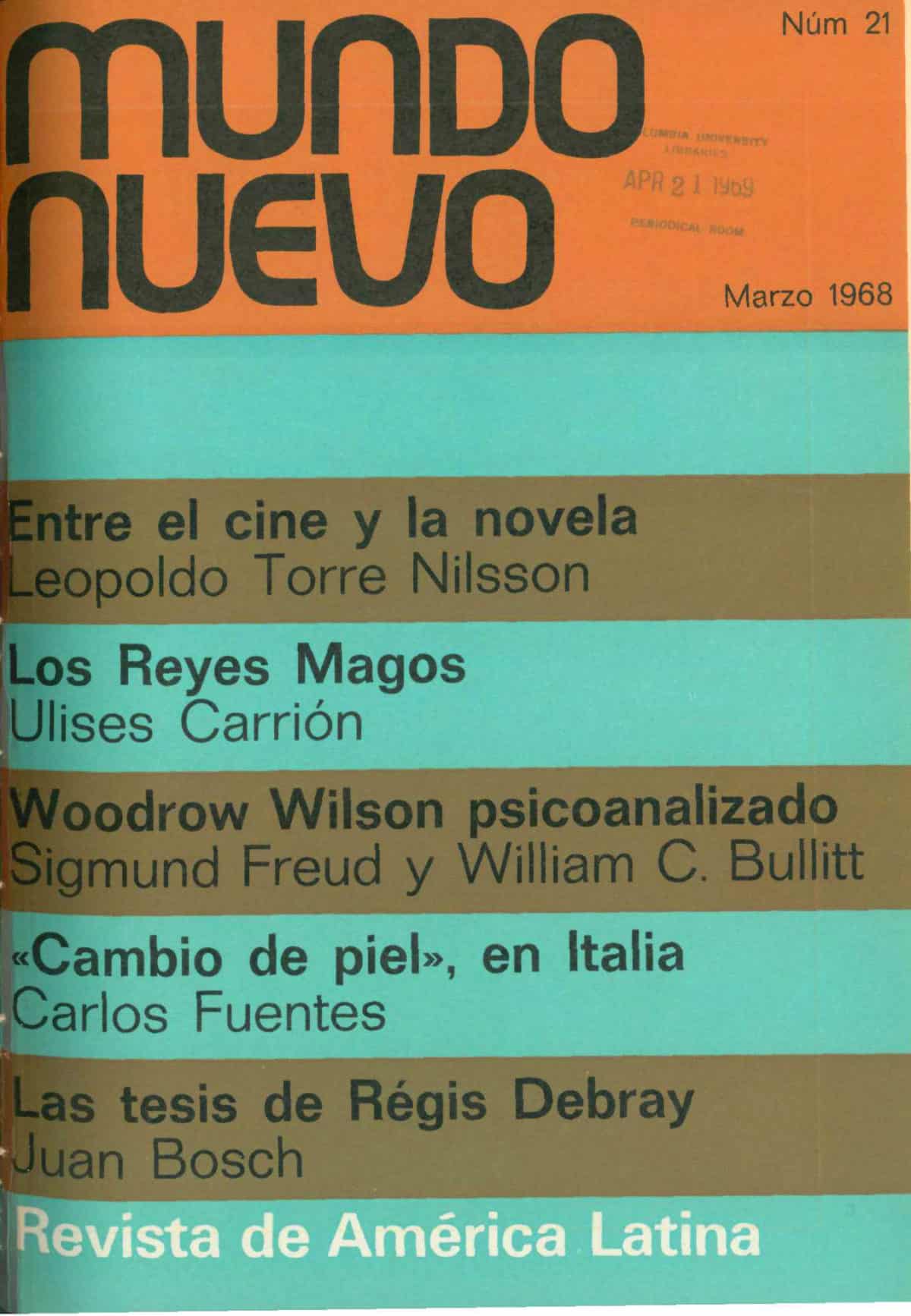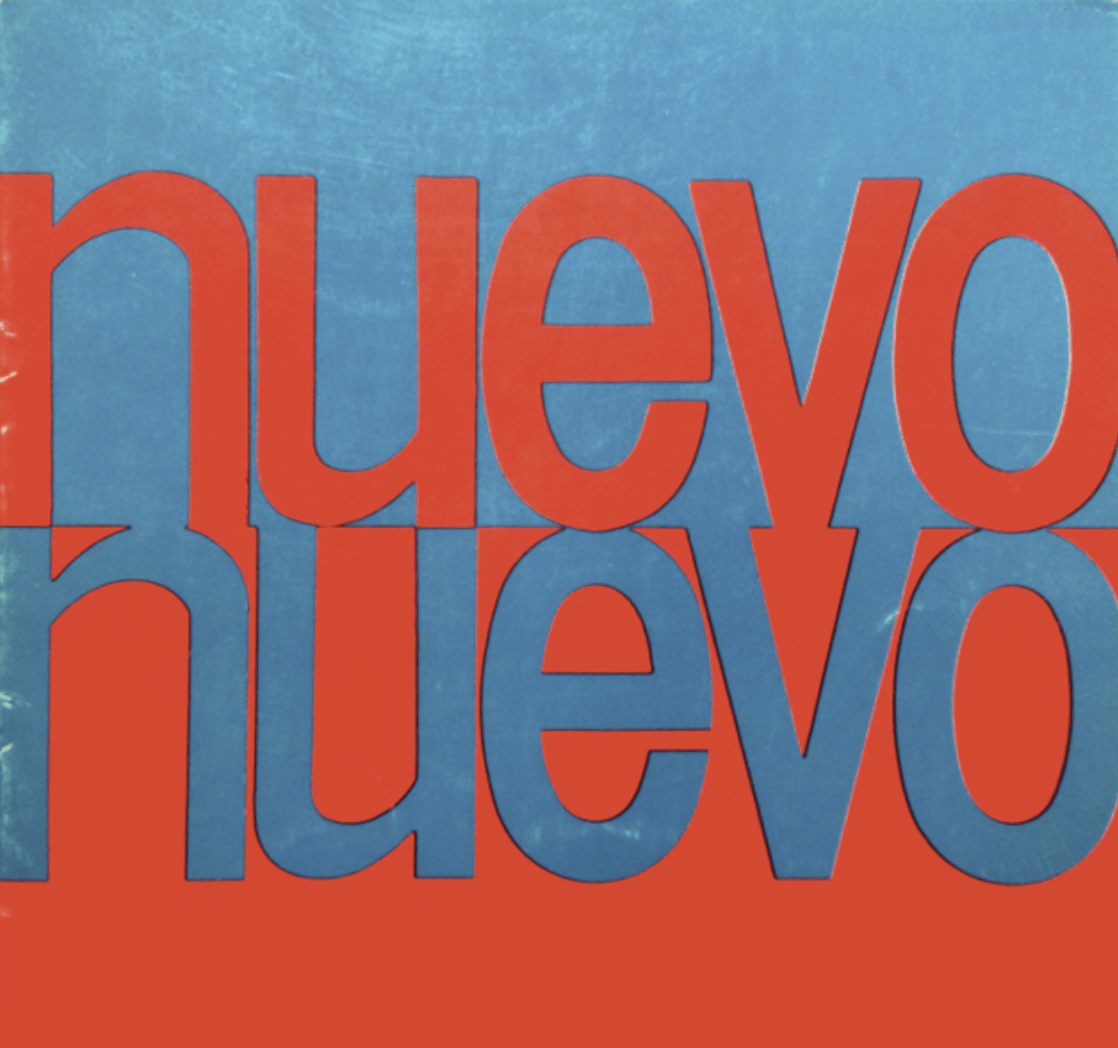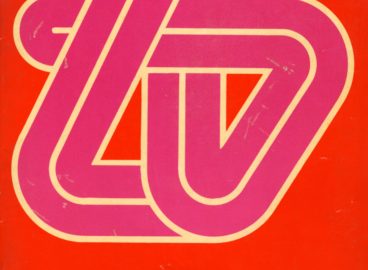2016 is the centenary of the birth of Juan Acha (1916–1995), the Peruvian-born, Mexican-naturalized Latin American art critic. Recent developments in the field of Latin American art history have led to a resurgence of interest in Acha’s critical contributions, and post here presents commissioned essays as well as primary documents translated into English for the first time. This theme is conceived of as a “portable archive” relating to Acha’s criticism, and the collection of materials considers Acha’s theory and criticism, his approaches to socio-aesthetics and popular culture, his Latin Americanist thought, and his notion of no-objetualismo (non-objectualism). The selection of essays—written from both personal and historical perspectives—addresses Acha’s impact on art and theory, with the aims of introducing and contextualizing his intellectual legacy.
Acha’s critical contributions run the gamut from his theorization, under the pseudonym Nahuaca, of Peruvian painting in the late 1950s (as contextualized by Miguel López is his forthcoming essay for this theme) to his analysis of the aesthetic culture of Latin America in the 1990s. A good example of his theoretically diverse deliberations is his interest in the art of Latin America as a geocultural dilemma. This interest gained momentum in 1973, when he published the essay “Por una nueva problemática artística en Latinoamérica” (For a new artistic problematic in Latin America) in which he contrasted the realities of “first” and “third” worlds. Acha was deeply concerned with providing a path for the development of Latin American art and culture through his work. As Rita Eder comments in her essay, “Acha looked to the future, worried by what he considered to be the blindness of subjectivism and nationalism, and warned of the unstoppable advent of the industrial age and mass culture, which interpenetrated borders, heedless of illiteracy and feudal remnants.” Acha’s preoccupation with the production, circulation, and consumption of art objects was a concern throughout his life, from his years as a chemical-engineering student in fascist Germany until after he left the position of assistant director of the Museo de Arte Moderno in Mexico City. Foreseeing the radical exchange of information through immaterial works, he called into question hierarchical artistic categories that demote design and the so-called popular arts, and criticized the supposedly natural contradiction between authentic avant-garde artistic attitudes and those of the economically “underdeveloped.”
After several years of theoretical investigation of the materiality of art, Acha instantiated, in 1981, his own term no-objetualismo, which he used as the main theme of a now-historic symposium and exhibition in Medellin, Colombia. The notion of no-objetualismo is perhaps Acha’s most lasting contribution, and one that has had a critical resurgence in recent years, with scholars pointing out that the more global terms “conceptualism” and “dematerialized art” have been posited at the expense of homegrown categories, among them Acha’s own. No-objetualismo encompassed not only conceptual and collectively created works, but also popular arts such as design and artesanía (handcrafts). Crucially, no-objectualismo did not signify a disdain for the object but rather resisted its fetishization, and this concern for materiality and aesthetics has made Acha’s theory particularly relevant to recent studies on ecology, new materialisms, and object-oriented ontologies.
Acha’s critical revisions of art history itself and his focus on materiality have coincided with recent shifts in art historical thought. In her essay for this theme, Eder reflects that in Acha’s “diatribe against art history, he tested new classification systems, concluding that it is possible to dispense with the long list of ‘isms’ and chronologies, and think in terms of four groups that define twentieth-century avant-gardes and movements: abstractions, objective realisms, non-objectualisms, and conceptualisms.” Acha’s theoretical framework, though increasingly disseminated in the field of Latin American art in recent years, has not yet been sufficiently explored in relation to artistic production in and beyond the region and provides a non-canonical (and non-Western) critical framework for artistic gestures that would otherwise be categorized as “conceptual” or “dematerialized.” The impact of Acha’s ideas on artists is surveyed here in forthcoming texts by Maris Bustamante and Sol Henaro, who trace the ways in which his ideas were absorbed into the radical artistic propositions of their time.
Some of the questions this theme hopes to engage are the following: What is the renewed and specific role of the material object in no-objectualismo? How do artistic practices, often understood as ephemeral, dematerialized, and conceptual, benefit from a re-reading as material? What can Acha’s thinking contribute to recent art historical discussions about materiality? What kinds of objects are those that we call “art objects” and how are these separated from the general world of “objects”? In what context were vanguard Latin American attitudes championed for the reintegration of art into the day-to-day sphere of human existence?
Juan Acha’s thought also provides a lens through which to reconsider MoMA’s collection, library special collection, and archive, casting a renewed light upon the Museum’s holdings.
Translation of the material published in this theme was provided by Nuria Rodriguez.
This theme was developed in 2016. The original content items are listed below.

“Impious Forms”: Unfinished Maps in the Work of Juan Acha
Maris Bustamante

“Formas Pías”: Cartografías incompletas en la obra de Juan Acha
Maris Bustamante







